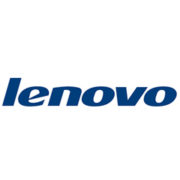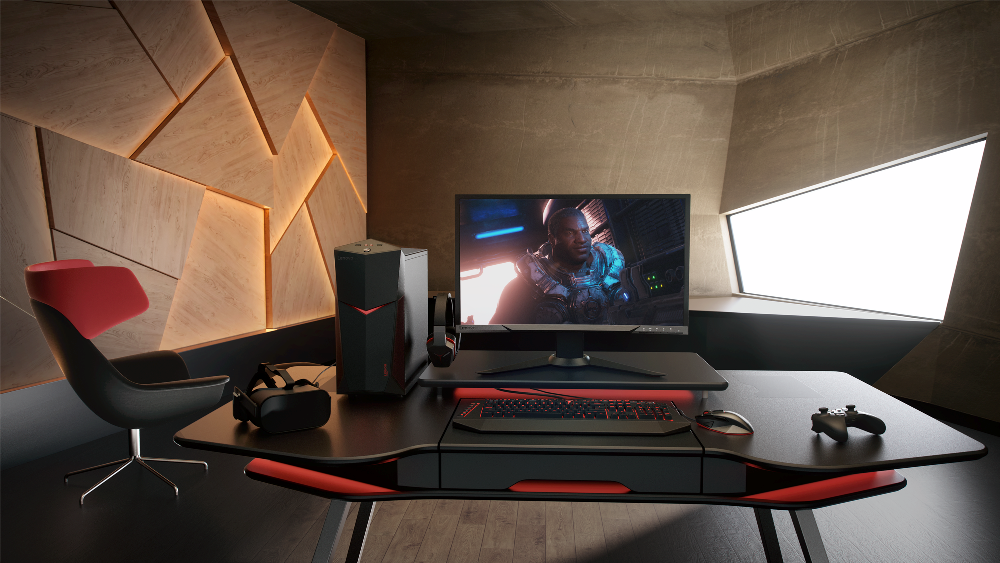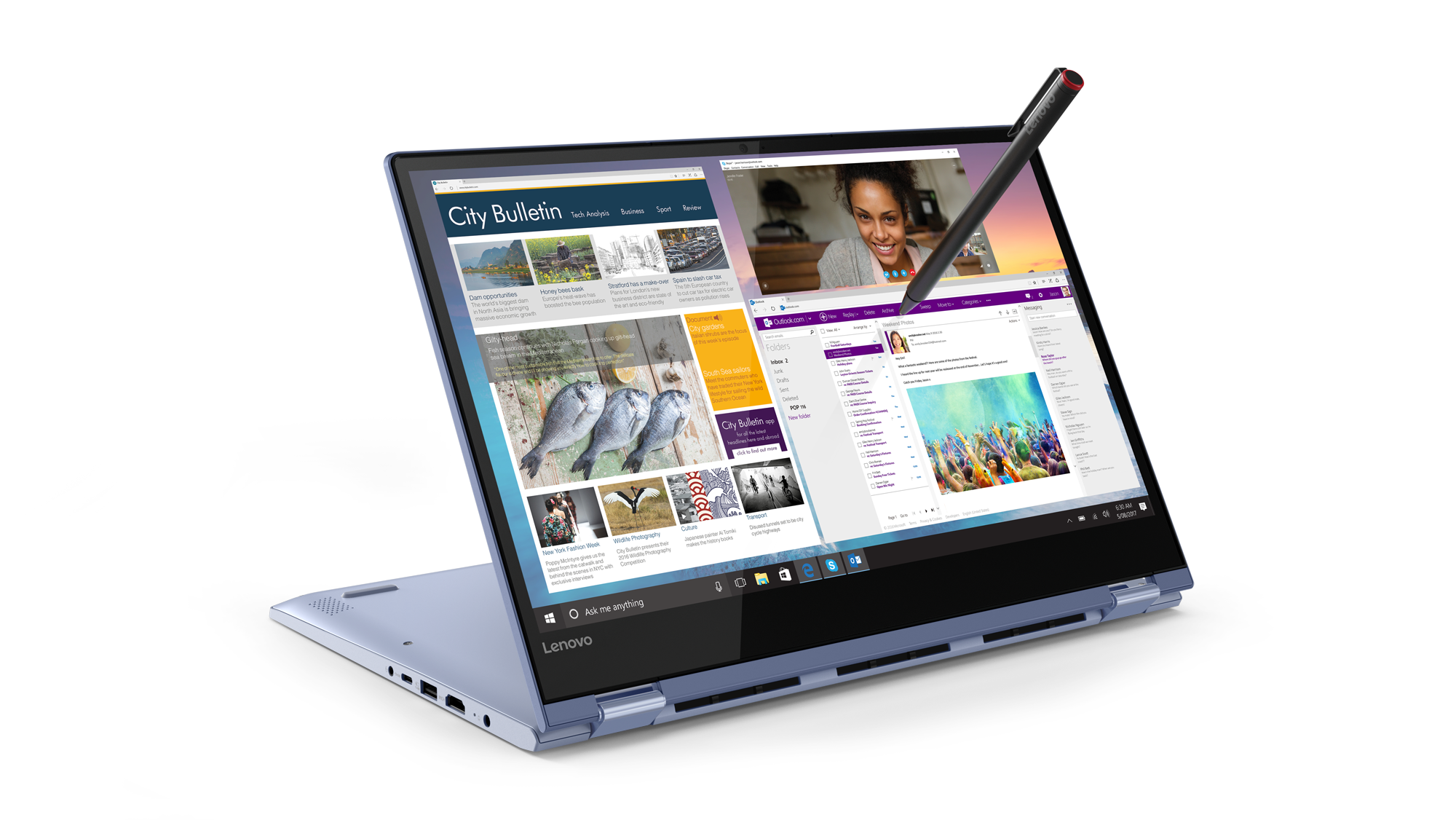Lenovo is deploying the world's largest supercomputer based on Intel technology at the Barcelona Supercomputing Center
The infrastructure supports research aimed at solving the world's biggest problems
Lenovo announced at the International Supercomputing Conference 2017 the delivery and deployment of the world's largest supercomputer using the next generation of Intel technologies at the Barcelona Supercomputing Center (BSC) research center. The supercomputer, called MareNostrum 4, with a processing speed of 11.1 petaFLOPs, will be hosted by "the most beautiful data center in the world", located in the Torre Girona Chapel of the Polytechnic University of Catalonia, Barcelona, Spain, and will be used for a wide range of scientific endeavors, from human genome research, bioinformatics and biomechanics, to weather forecasting and atmospheric composition. This new system, which will continue to be developed in the future, ranks 13th on the latest TOP500 (top500.org) list of the world's most powerful supercomputing systems.
"The rapid delivery, installation and optimization of the MareNostrum 4 system at BSC demonstrates Lenovo's strength in end-to-end supercomputing systems," said Kirk Skaugen, President of Lenovo Data Center Group. "Leveraging our 25 years of experience with x86 server systems, as well as our leadership in customer satisfaction and reliability, our goal is to become the world's largest supercomputing company to help solve the most complicated challenges of mankind, through the rapid progress of technology and innovation".
The system is composed of over 3,400 state-of-the-art Lenovo server nodes based on Intel® Xeon® processors, interconnected by over 60 kilometers of high-speed Intel Omni-Path Technology 100 Gb/s network cable. This is the third state-of-the-art HPC system installed by Lenovo under the Partnership for Advanced Computing in Europe (PRACE). This makes Lenovo the largest supplier of HPC systems to this high-impact scientific community, which strengthens Lenovo's position as the fastest growing supercomputer company in Europe.
"From the lab to the factory to the on-site implementation teams, delivering a system of this size and complexity requires a higher level of integration and skills," said Madhu Matta, VP & GM of High Performance Computing and Artificial Intelligence, Lenovo. "We need to focus on a holistic customer experience that very few companies are able to provide."
The undisputed global HPC leader
Since entering the Top500 list in 2014, Lenovo has become the fastest growing TOP500 vendor worldwide. Lenovo ranks #2 on the list with 92 mentions and ranks first in supercomputing in China, the largest and fastest growing supercomputing region in the world, with 50% more mentions than the next competitor.
Continuing its mission to provide customers with access to new technology, Lenovo is upgrading its Global HPC Innovation Center in Stuttgart, Germany, consisting of 6,000 cores of the latest generation of Intel Xeon processors and the latest NVIDIA graphics processing units (GPUs), interconnected by a range of high-performance nodes from Mellanox and Intel. The HPC Innovation Center opened in May 2015, with the aim of collaborating with customers and facilitating their access to the latest technologies, as well as experimenting with the same systems that underlie BSC's MareNostrum 4 supercomputer, before of their delivery on a large scale. The upgrade of the entire system will be completed in August 2017.
An example of a collaborative project supported by the Global HPC Innovation Center is at the University of Birmingham, which has built a flagship research center called the Birmingham Environment for Academic Research (BEAR). BEAR is a collection of IT resources offered free of charge to the university community and accredited external experts, resources that enable the acceleration of research in several disciplines, for example in the field of life sciences, including genome sequencing, or medical and linguistic research.
"Genome sequencing can help us understand more quickly the extent and mode of spread of important epidemics. When the Zika virus hit the Americas, we had the ability to respond quickly, transporting mobile sequencing devices to affected areas and thus generating DNA sequence data in just a few days," said Nick Loman, professor at the Department for Microbial Genome Study and Bioinformatics from the University of Birmingham. "Comparative genome sequence analysis requires significant computing power and storage capacity. We can instantly access hundreds of CPU units, thousands of Gb of RAM and hundreds of Tb of storage space. This means that we can keep up with the rapid generation of data and that we can quickly communicate new findings to the scientific and medical community, thereby contributing to efforts to stop the spread of an epidemic."
Availability
Access to Lenovo's HPC Innovation Center is free for all customers with the help of your Lenovo sales representative or partner.









